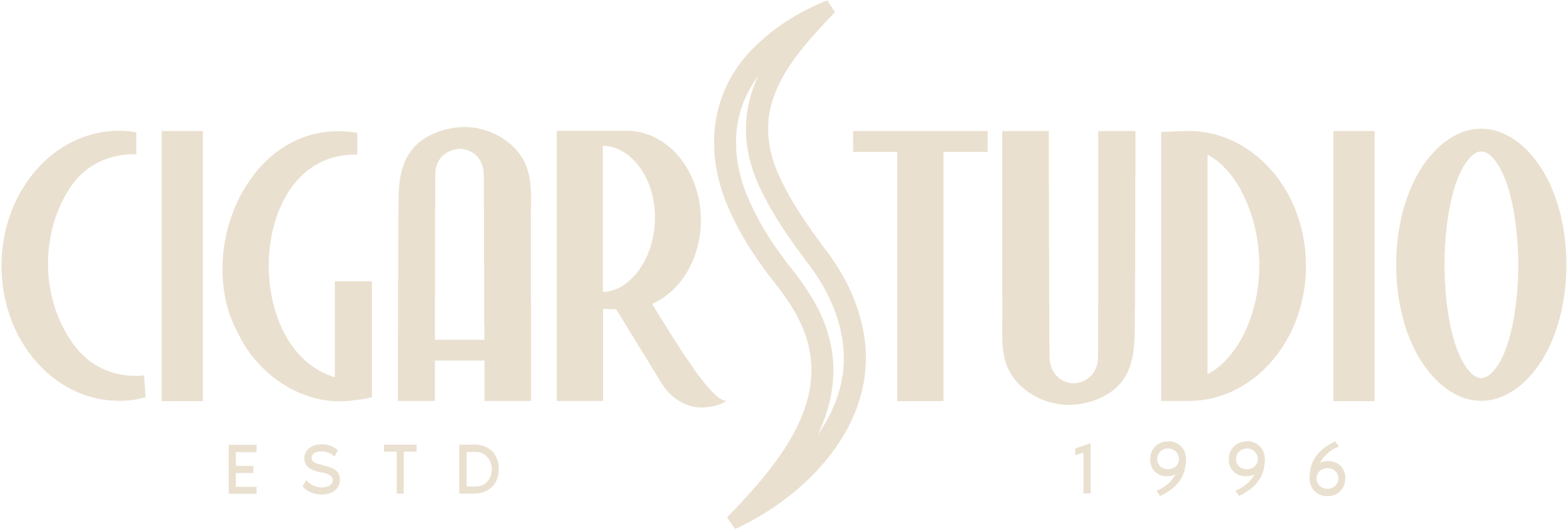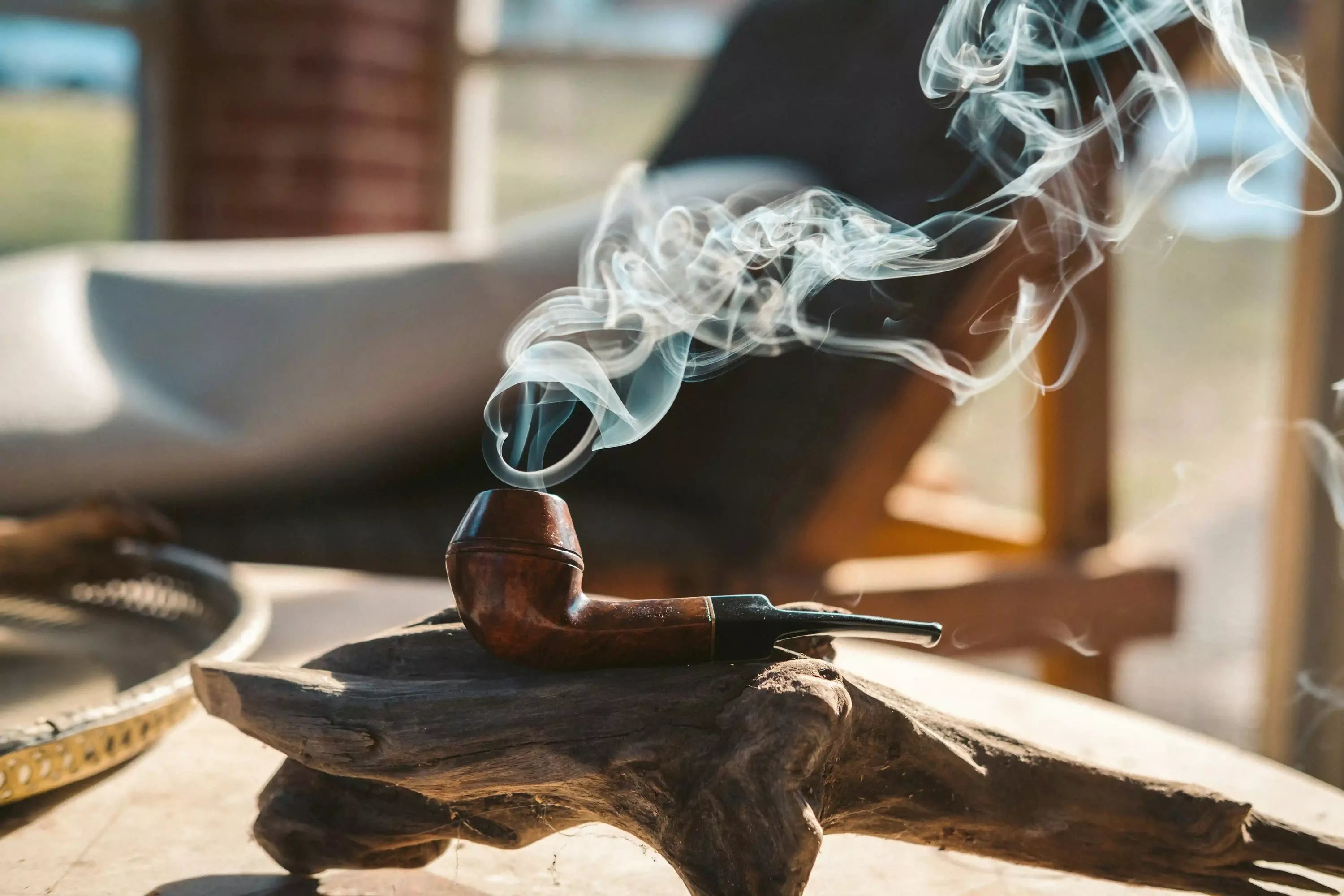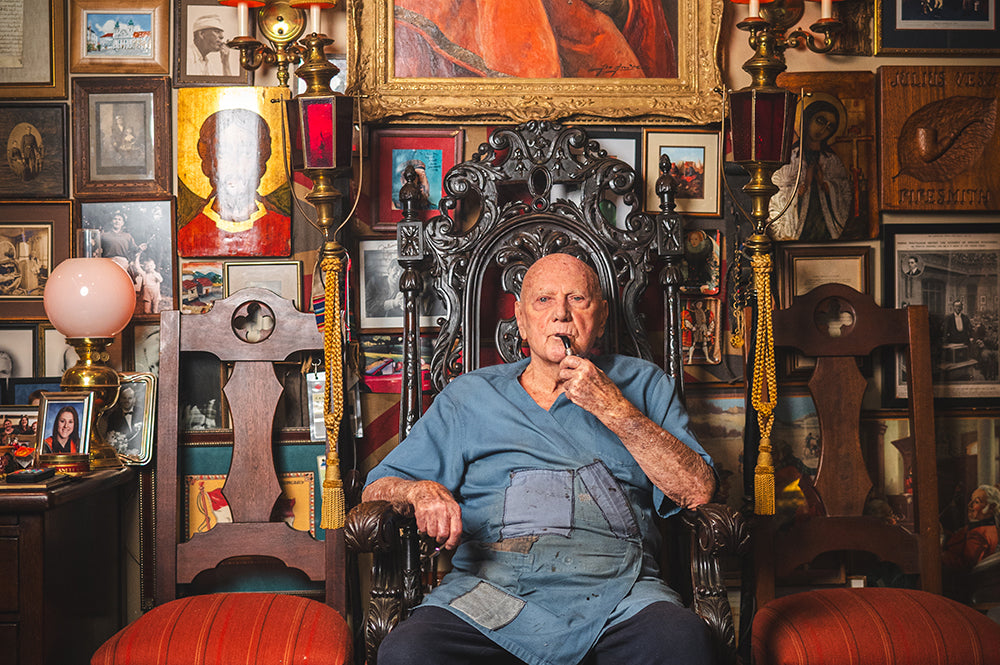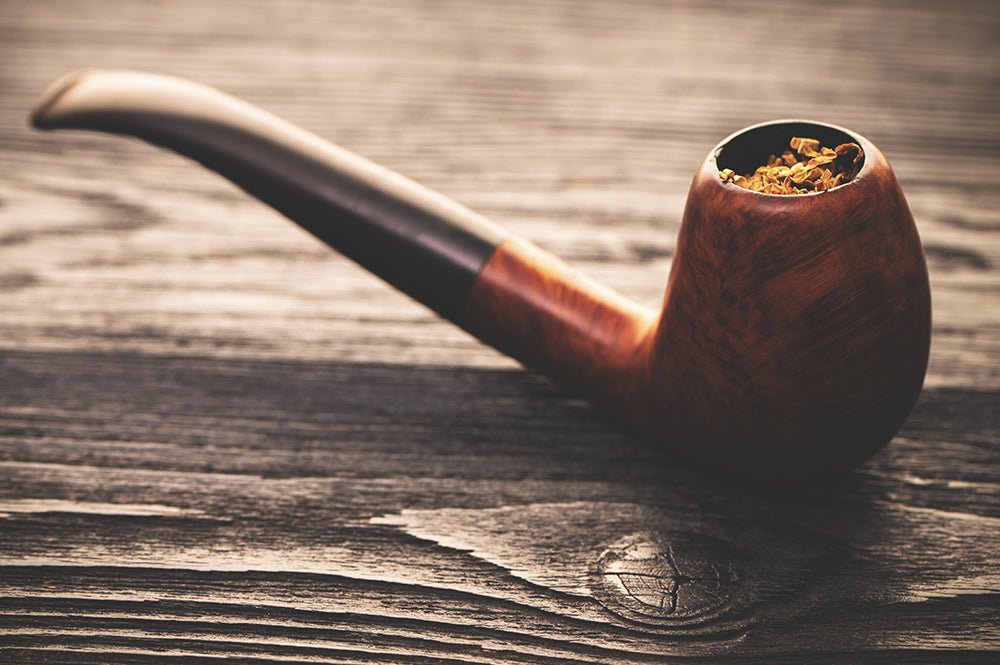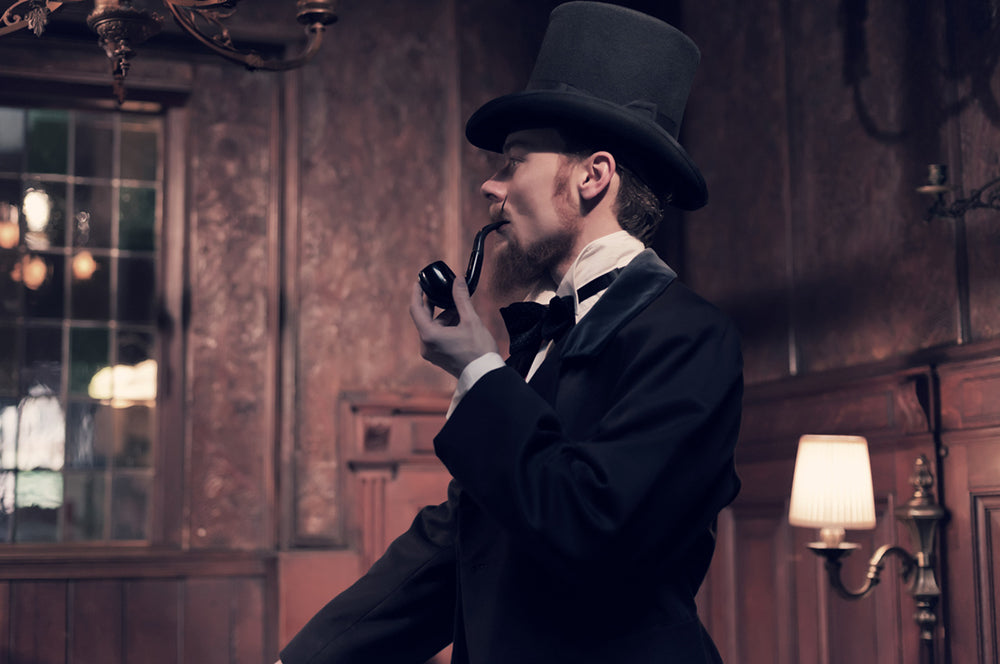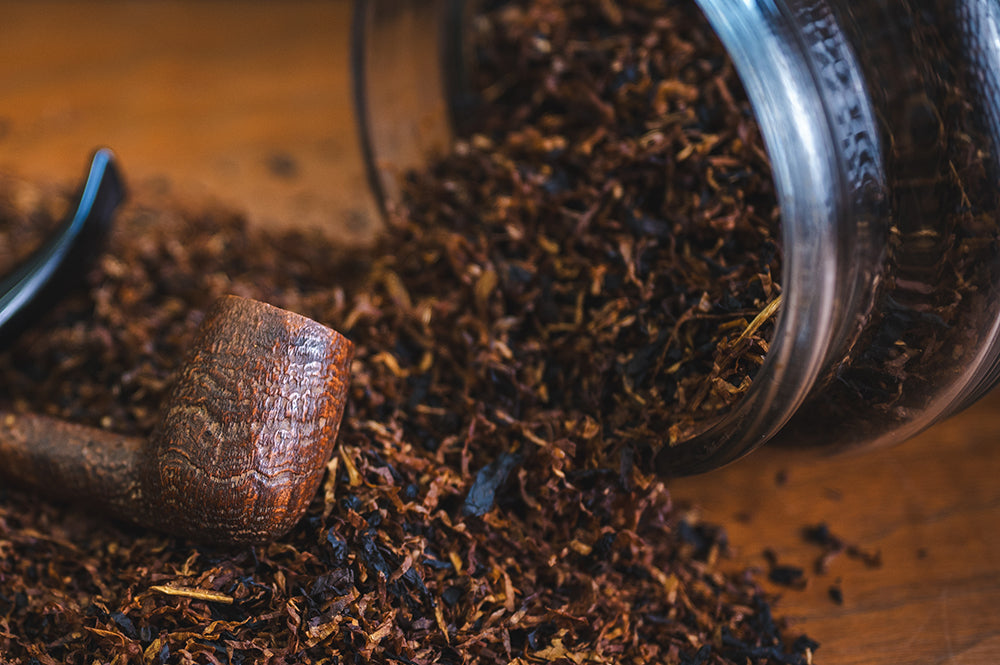
A Comprehensive History of Pipe Smoking
Pipe smoking has traversed centuries and cultures, evolving from a sacred ritual to a refined hobby cherished worldwide. This article delves into the historical journey of pipe smoking, explores the different types of pipe tobacco, and examines the cultural resurgence of this age-old tradition in modern times.
History of Pipe Smoking
The practice of pipe smoking dates back to the ancient Native Americans, who used it in religious ceremonies and for medicinal purposes. As tobacco spread across the globe post-Columbus, pipe smoking became popular in Europe in the 16th century, symbolizing status and contemplation. Over the centuries, it has seen various periods of popularity, influenced by socio-economic trends and cultural shifts.
What is Pipe Tobacco?
Pipe tobacco is a form of loose tobacco that comes in various blends and flavors, specifically designed to be smoked in a pipe. It is typically more moist than cigarette tobacco and comes in several cuts such as ribbon cut, flake cut, and plug cut. Each blend and cut offers a distinct flavor profile and smoking experience, from sweet aromatics to deep, earthy notes.
The Resurgence of Pipe Smoking in Popular Culture
In recent years, pipe smoking has experienced a renaissance, partly due to its portrayal in films and television that associate it with thoughtfulness and sophistication. This resurgence is also driven by a growing appreciation for artisanal and vintage products among younger adults, positioning pipe smoking as both a nostalgic and novel experience.
The history of pipe smoking is as rich and varied as the blends of tobacco that fill the bowls of smokers' pipes around the world. Today, it continues to attract new enthusiasts who appreciate the ritualistic and sensory pleasures it offers. As we look to the future, the tradition of pipe smoking remains a unique link to our past, while continuously evolving within modern cultural contexts.
What is the history of pipe smoking?
Pipe smoking dates back to at least the 16th century when Europeans first encountered indigenous Americans using pipes for ceremonial and medicinal purposes. The practice quickly spread across Europe and became popular for its perceived health benefits and as a status symbol. Over time, it evolved into a leisure activity enjoyed worldwide.
What is the history of smoking?
The history of smoking dates back thousands of years to ancient civilizations in the Americas, where tobacco was first cultivated and used for ceremonial and medicinal purposes. Smoking spread globally in the 16th century following European colonization, becoming deeply embedded in many cultures as a social and recreational activity. Over the centuries, it has been both celebrated and criticized, leading to the complex views on smoking seen today.
